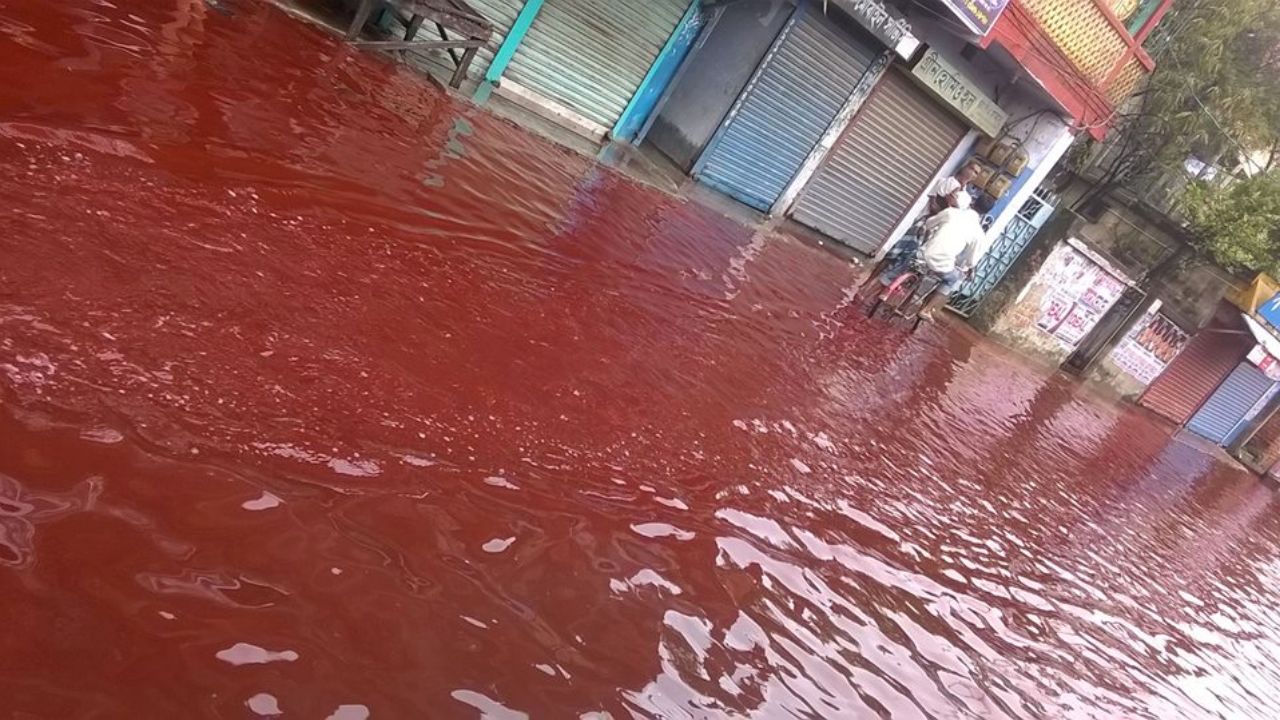 English
English

Imagine it’s a rainy day; you look out from your window the rain isn’t clear water, instantly it has vibrant color like red, green, or black seems like a frictional movie, but has been reported from centuries, let’s see the reason behind

A striking scene from Kerala
New Delhi: Rain can be in different colours, know the reason behind this. The fundamental reason behind colored rain is, rain acts as a natural scrubber for the atmosphere. As raindrops fall, they pick up tiny particles present in the air, and the tints of these particles give the shade in droplets.
Let’s explore the common shades.
Red rain: It is more frequently reported that it is unusual to the eyes and is visually appealing. The primary cause is Airborne dust and sand. Strong winds sometimes travel thousands of kilometers that lifting red-tinted soil, mostly from the desert, which is rich in iron oxide (this gives red tint to the soil& raindrops). This dust can be carried a long distance, from one continent to another, before being washed out by rain.
In recent red rain has been experienced in Europe, the rain was tainted by Sahara Desert dust. The most famous and debated instances of red rain occurred in Kerala, India, in 2001. The intermittent showers of bright red rain fall across the state. Initially, theories say that it's from dust carried by meteors entering Earth's atmosphere, to ash produced by volcanic eruptions. However, further investigation leads to A study of phylogenetics that concludes the specific shade is due to dust particles or bacteria.
Green Rain: The green precipitation does occur, and this is due to pollen (yellow, powder which is formed in flowers), during spring season trees and other plants release enormous quantities of pollen into air they get mixed into rain result in green shade You might see green or yellow streaks in puddles ( shallow pool of water) after it rains.
Black rain: Black rain is more unpleasant because it often signals a serious environmental event. It occurs when rain is mixed with soot, ash, or very fine charcoal particles. This is because of:

Green coloured rain due to pollens (Source: Internet)
The scientific process at play in all these instances is known as precipitation scavenging. It's how the Earth's atmosphere naturally cleans itself. As water vapor condenses to form clouds and then falls as rain, the tiny water droplets and ice crystals act as magnets, attracting and incorporating solid particles (aerosols) from the air.
No related posts found.